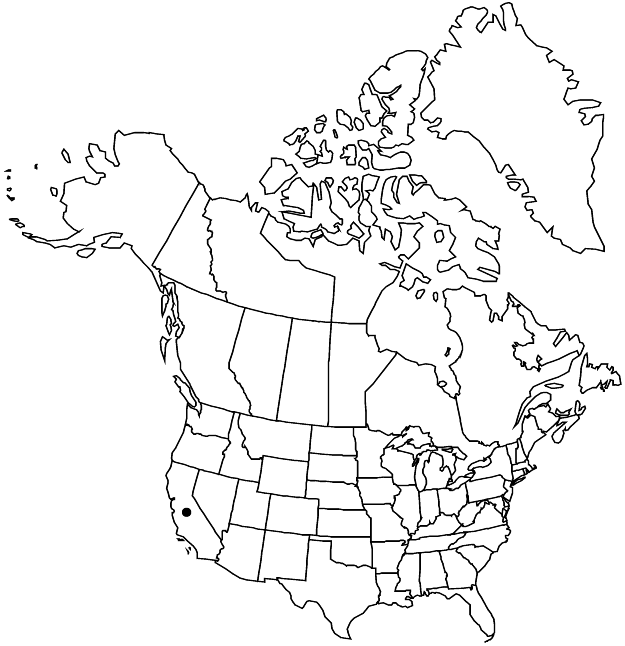Difference between revisions of "Eriogonum umbellatum var. bahiiforme"
Fl. Calif. 1: 425. 1914.
FNA>Volume Importer |
imported>Volume Importer |
||
| (One intermediate revision by one other user not shown) | |||
| Line 8: | Line 8: | ||
}} | }} | ||
|common_names=Santa Clara sulphur flower | |common_names=Santa Clara sulphur flower | ||
| + | |special_status={{Treatment/ID/Special_status | ||
| + | |code=E | ||
| + | |label=Endemic | ||
| + | }} | ||
|basionyms={{Treatment/ID/Basionym | |basionyms={{Treatment/ID/Basionym | ||
|name=Eriogonum polyanthum var. bahiiforme | |name=Eriogonum polyanthum var. bahiiforme | ||
| Line 52: | Line 56: | ||
|publication title=Fl. Calif. | |publication title=Fl. Calif. | ||
|publication year=1914 | |publication year=1914 | ||
| − | |special status= | + | |special status=Endemic |
| − | |source xml=https:// | + | |source xml=https://bitbucket.org/aafc-mbb/fna-data-curation/src/2e0870ddd59836b60bcf96646a41e87ea5a5943a/coarse_grained_fna_xml/V5/V5_701.xml |
|subfamily=Polygonaceae subfam. Eriogonoideae | |subfamily=Polygonaceae subfam. Eriogonoideae | ||
|genus=Eriogonum | |genus=Eriogonum | ||
Latest revision as of 22:13, 5 November 2020
Herbs, spreading mats, 0.8–2(–2.5) × 3–6 dm. Aerial flowering stems erect, usually 0.5–1.5 dm, tomentose, without one or more leaflike bracts ca. midlength. Leaves in rather compact rosettes; blade elliptic to oval, 0.5–1.5(–1.7) × 0.3–0.7 cm, densely white- to gray-lanate on both surfaces, margins plane. Inflorescences compound-umbellate, branched 2–5 times; branches tomentose, without a whorl of bracts ca. midlength; involucral tubes 2–3 mm, lobes 2–3.5(–4) mm. Flowers 5–8 mm; perianth bright yellow.
Phenology: Flowering Jul–Sep.
Habitat: Sandy to gravelly, mostly serpentine flats and slopes, oak and montane conifer woodlands
Elevation: 700-2000 m
Discussion
Variety bahiiforme occurs in widely scattered locations in the Central Coast Ranges (Colusa, Contra Costa, Monterey, Napa, San Benito, Santa Clara, and Sonoma counties) with a disjunct population in the San Gabriel Mountains of Los Angeles County. The more depauperate relative, var. minus, occurs in the mountains to the east.
Selected References
None.
